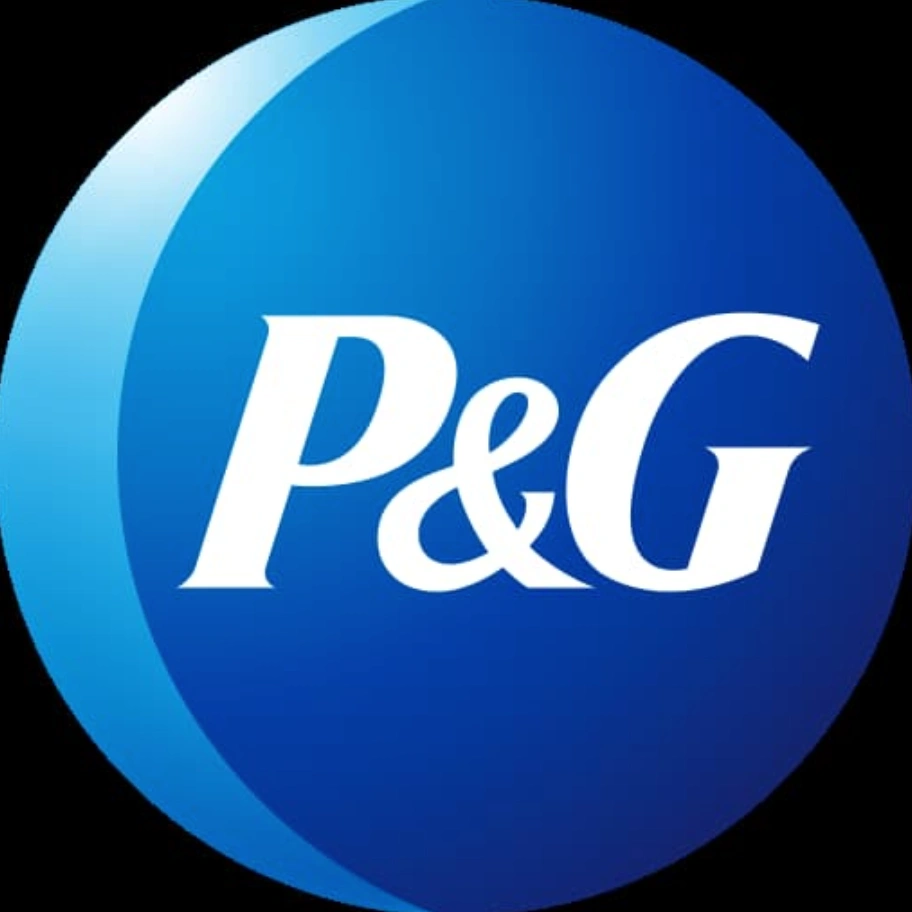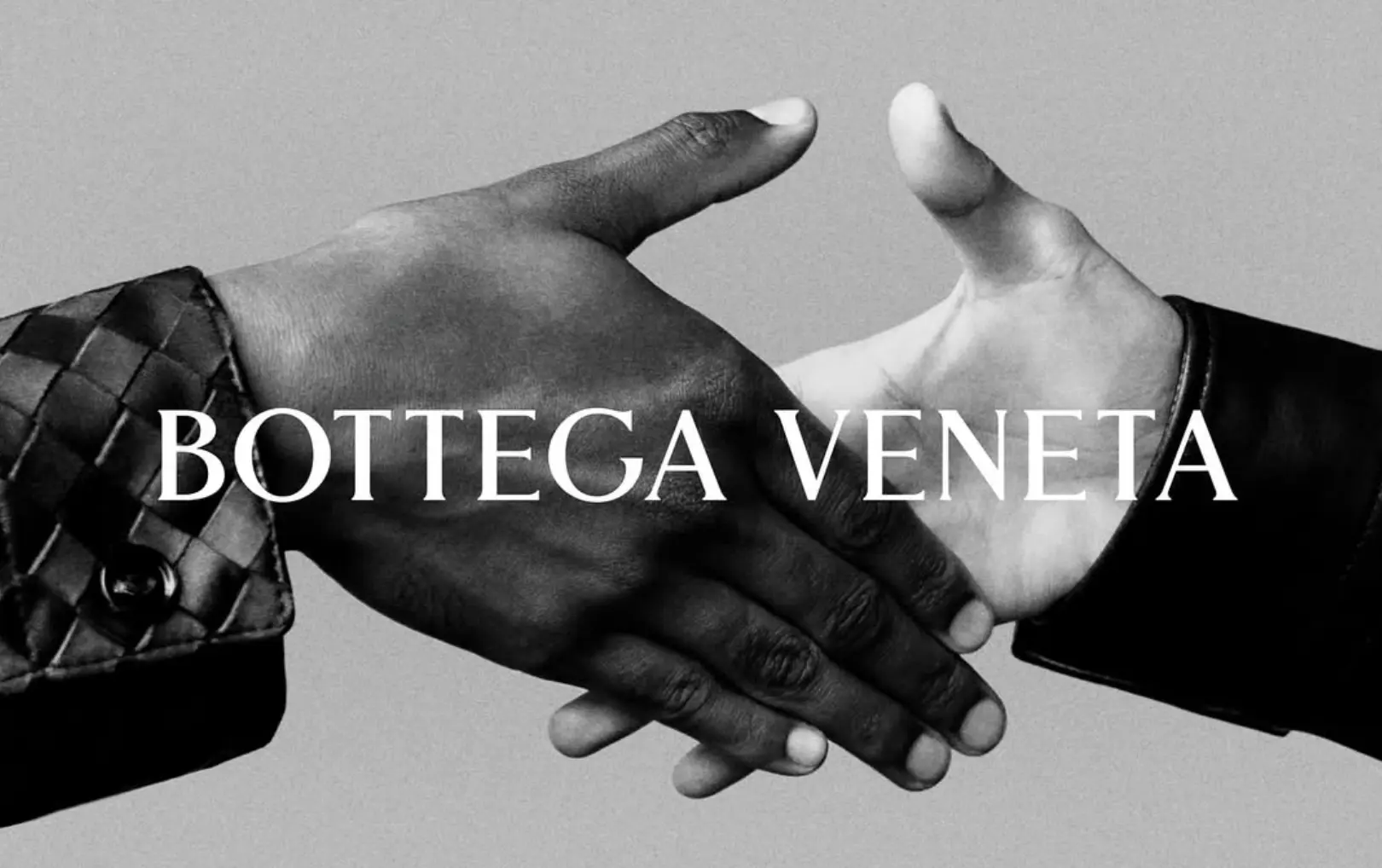Branded House vs House of Brands: How to Choose the Right Brand Architecture in 2025
Updated on
Published on

Stand under one name or juggle many? That’s the crux of brand architecture. If you’ve ever wrestled with branded house vs house of brands, you’ve felt the trade-off: focus and efficiency on one side, flexibility and insulation on the other. The stakes are real—customer clarity, portfolio growth, SEO, cost to market, even risk containment when something goes wrong. Get this call right and the rest of your marketing starts feeling lighter.
At-a-Glance
- Branded house = one masterbrand with sub-brands (e.g., Google Workspace, Google Maps); house of brands = standalone brands under one owner (e.g., P&G, Unilever).
- Endorsed and hybrid models mix equity transfer with independence (Marriott’s “by Marriott” family; Adobe/FedEx sub-brands).
- Choose based on jobs-to-be-done: growth focus, audience separation needs, risk insulation, acquisition strategy, and marketing efficiency.
- For SEO and operations, fewer brands often mean faster compounding authority and lower cost—if audiences are compatible.
After M&A, rationalize: keep only the brands that earn their keep; retire or endorse the rest.
How we got the numbers (and the nuance)
- We relied on primary brand portfolios (P&G, Unilever) and official architecture exemplars (Marriott) to anchor definitions.
- We used brand strategy authorities to frame decision rules and portfolio discipline.
- We aligned technical implications with current SEO guidance for structure, naming, and equity flow from Google Search Central.
What is a Branded House?
A branded house uses one masterbrand that stretches across products, services, and experiences—think Google with Google Ads, Google Drive, and Google Maps. The upside is compounding equity: every launch, campaign, and PR moment lifts the same name. This creates marketing efficiency, a consistent design system, and shared trust at the point of choice. The catch is fit: when offerings or audiences diverge, a single promise can start to feel thin—or worse, one issue can taint them all. (Investopedia) (Harvard Business School Online)
- Why it works: Equity pools into one balance sheet; you ship fewer logos, fewer guidelines, and share credibility. (Harvard Business School Online)
- Watch-outs: Brand contagion risk; harder to ring-fence distinct audiences or reposition one product without moving the whole ship. (Investopedia)
What is a House of Brands?
A house of brands operates multiple independent brands with little visible connection. It shines when you need radically different value props, price points, and tones under one corporate roof. That’s why consumer giants like Procter & Gamble and Unilever run Tide vs. Ariel or Dove vs. Axe separately—different buyers, channels, and positioning, insulated from each other. The trade-off: more names to fund, govern, and grow. (P&G) (Unilever)
- Why it works: True segmentation power and insulation—one brand can fail or pivot without dragging another. (Harvard Business School Online)
- Watch-outs: Marketing and management overhead; duplication of research, sites, and creative; tougher portfolio clarity. (Harvard Business School Online)

Endorsed & Hybrid Brand Architecture (The In-Betweens)
Between the poles, endorsed and hybrid structures let you blend credibility with freedom. Endorsed brands carry a visible parent signal (“Courtyard by Marriott”), borrowing trust while protecting their own positioning. Hybrid portfolios mix branded house lines with fully standalone plays, often used during transitions or when product families differ in risk, regulation, or audience. (Marriott Development)
- When to use: You need equity transfer, cross-sell, and shared systems—but still need space for distinct experiences or price ladders. (Harvard Business School Online)
- Governance tip: Set explicit endorsement rules (lockups, naming, tone) to avoid drift or accidental fragmentation. (Prophet / Aaker)
Branded House vs House of Brands: Pros, Cons, and Costs
A branded house typically lowers the cost to maintain identity systems, websites, and campaigns, and it concentrates brand investment to build salience faster. A house of brands typically costs more to run—but it can unlock distribution, pricing, and positioning moves that a single name can’t carry without confusion. The “fewest relevant brands” principle is a useful north star: every incremental brand should earn its keep. (Harvard Business School Online)
- Efficiency levers: Shared design system, unified martech, single domain structure, and one set of guidelines reduce opex.
- Risk levers: House of brands contains reputational spillover; branded house magnifies both wins and missteps. (Investopedia)
How Brand Architecture Affects SEO and Findability
Architecture choices shape URL structures, internal linking, and how authority flows. A single domain with coherent sections (e.g., /products/ or /solutions/) concentrates signals and simplifies crawl paths—great for a branded house. Multiple domains or subdomains can segment experiences in a house of brands, but each must build authority largely on its own. If you split, do it for real audience and product reasons, not as a workaround. (Google Search Central)
- General rule: Use subdirectories when you want shared equity and topical clustering; reserve subdomains for truly distinct experiences. (WordPress.com)
- Migration note: If you consolidate brands, preserve equity with clean redirects and stable, descriptive structures.
When to Use a Branded House (Startups, SaaS, B2B, Multi-Product)
If your offerings share a common promise, buyer, and go-to-market, a branded house keeps momentum. Startups and SaaS companies often benefit from one strong name that compounds in sales, PR, and search. Multi-product B2B firms with a common platform—analytics suites, cloud products—can ladder features under one narrative while distinguishing tiers with naming conventions (e.g., descriptors, versioning). (Harvard Business School Online)
- Signals you’re ready: Overlapping ICPs, shared buyer journeys, and a platform story that ties SKUs together. (Harvard Business School Online)
- Guardrails: Name for clarity (descriptive, hierarchy-friendly), keep URL depth shallow, and enforce design tokens across sub-brands. (URL Structure – Google)
When to Use a House of Brands (CPG, Roll-Ups, Turnarounds)
If you need radically different positions—premium vs. value, youth vs. family, therapeutic vs. lifestyle—or you’re rolling up acquisitions with strong existing equity, a house of brands earns its cost. It also limits contagion when one brand faces quality issues or controversies. That’s why global CPG leaders keep distinct names and worlds under one corporate parent. (P&G) (Unilever)
- Signals you’re here: Channel conflicts, incompatible tones, or regulatory barriers that make one-name fits impractical. (Harvard Business School Online)
- Guardrails: Centralize portfolio governance; decide endorsement rules; prevent cannibalization by carving crisp segments.

Endorsed vs Hybrid: Practical Use Cases
Use endorsed brands when you want to reassure buyers (hospitality, financial services) or move into adjacent categories without starting from zero. Use hybrid when parts of the business need independence (e.g., a regulated product) while the rest benefits from the masterbrand. Over time, hybrid often resolves—either consolidating to a branded house or separating into discrete brands as economics dictate.
- Decision lens: What percent of trust must transfer at first contact? How different are the jobs-to-be-done?
- Execution: Specify lockups (“X by Y”), endorsement language, and when endorsement is optional vs. mandatory.
M&A and Portfolio Rationalization (Post-Merger Playbook)
Acquisitions create messy portfolios. First, map brands by revenue, margin, audience, and overlap. Next, tag each as keep, endorse, sunset, or spin. If two names fight for the same shelf, either separate them by price/occasion or fold one into the masterbrand with a clear migration promise. Remember: every surviving brand commits you to a full stack—identity system, site, content, media, analytics. (Harvard Business School Online)
- Keep if: Distinct audience + superior unit economics + defensible positioning.
- Sunset if: Low equity, redundant, or drags on focus; migrate with redirects and “same product, simpler brand” messaging.
Brand Naming + Architecture Alignment
Naming is how architecture shows up in the wild. In a branded house, use clear, scannable descriptors that fit a consistent grammar (e.g., “Marriott Bonvoy” families use a system under one loyalty umbrella). In endorsed or hybrid models, define which parts of the name are stable (the endorser) and which flex (the concept). Lock URL rules early—subdirectories for families that share authority; subdomains only when the experience truly needs a separate stack. (Marriott Development) (URL Structure – Google)
- Checklist: Role of masterbrand in the name; descriptor taxonomy; rules for numerics/versions; internationalization; redirect plan. (URL Structure – Google)
- Governance: Maintain a naming council with brand, product, legal, and SEO at the table.

FAQ
What is a branded house?
One masterbrand spans products and services (e.g., Google products). It concentrates equity and reduces duplication but increases contagion risk if a crisis hits.
What is a house of brands?
Multiple independent brands under one corporate owner, used when audiences or positions are incompatible. Classic examples: P&G and Unilever portfolios.
What’s an endorsed brand?
A child brand visibly backed by a parent (“Courtyard by Marriott”) to transfer trust while keeping distinct positioning.
What is a hybrid brand architecture?
A mix of branded house, endorsed, and standalone brands—often during transitions or for regulated/unique lines.
Which is better for startups?
Usually a branded house—faster equity build, simpler operations, and compounding SEO. Shift only when segments truly diverge.
How does architecture affect SEO?
Single, well-organized domains concentrate authority; multiple sites or subdomains split signals and require more investment. Use subdomains for truly distinct experiences; otherwise favor subdirectories.
How do I migrate sub-brands into a masterbrand without losing traffic?
Plan URL moves carefully: map every page, implement 301 redirects, maintain descriptive structures, and keep messaging consistent through the transition.
The Why Behind the Choice
Architecture is strategy made visible. If your growth depends on one promise serving adjacent needs, a branded house gives you a long runway: fewer moving parts, faster compounding, cleaner governance. If your growth depends on running different games for different buyers, a house of brands buys you separation—the freedom to price, position, and take risks without splashing the parent. Most portfolios evolve: early focus under one name, hybrid while you acquire or diversify, then a deliberate converge-or-separate moment. The smartest operators keep one rule close: only keep as many brands as your customers truly need—and your team can meaningfully grow.







